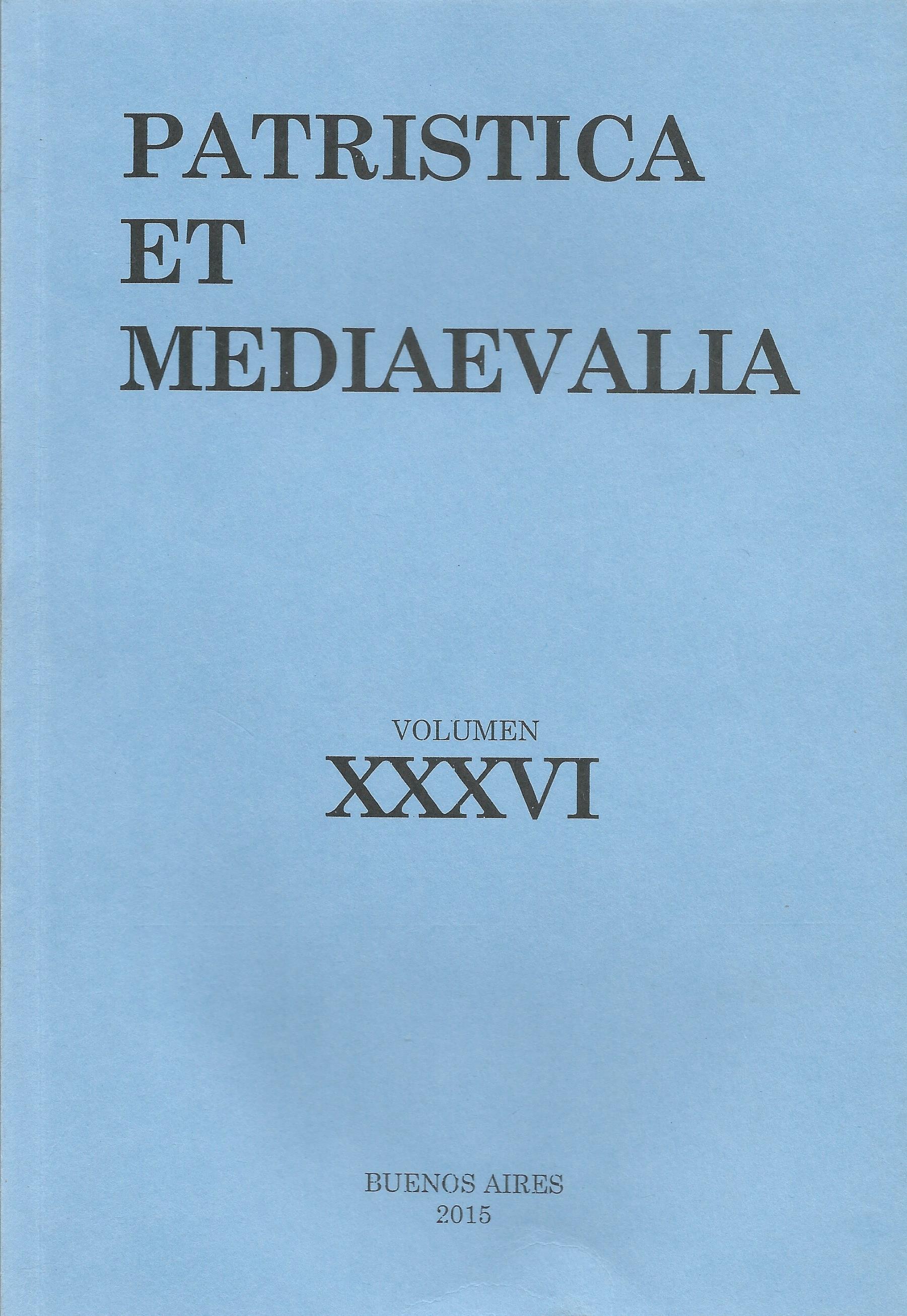African slavery and salvation in the De instauranda aethiopum salute of Alonso de Sandoval S. J. (1577-1652)
Resumen
El objetivo del artículo es estudiar la relación entre esclavitud y salvación en el Libro 3 del De instauranda Aethiopum salute (1627) de Alonso de Sandoval (1577-1652). Esta obra es un manual de misión para restaurar la salvación de los negros y garantizar su salvación. La salvación espiritual no es incompatible con la esclavitud. Pretendemos demostrar que la relación entre raza y esclavitud no es necesaria, sino que se construye junto con un paradigma racial basado en las diferencias de color de la piel. Aunque Sandoval sea un crítico de los métodos brutales de esclavitud, no lo es de ella como tal. La esclavitud no es un obstáculo para la salvación pues la condición básica es que las personas sean correctamente bautizadas. Así, la correcta administración del bautismo, dependendiente de la comprensión de los principios de la fe cristiana y la aceptación libre, es la labor más importante de Sandoval en este texto.Descargas
Citas
Blackburn, R. (1997). The Making of the New World Slavery. From the Baroque to the Modern 1492-1800. London/New York: Verso.
de Souza, J. B. A. (2006). Las Casas, Alonso de Sandoval e a defesa da escravidão negra. Topoi, 7, 25-59.
del Rey Fajardo, J. (2004). Los jesuitas en Cartagena de Indias, 1604- 1767. Bogotá: Pontificia Universidad Javeriana - CEJA.
Eltis, D. (2006). Europeans and the Rise of African Slavery in the Americas. Cambridge/New York: Cambridge University Press.
Gordon, L. R. & Gordon, J. A. (eds.) [2006]. A Companion to African American Studies. Malden/Oxford/Victoria: Blackwell Publishing.
Gordon, L. R. & Gordon, J. A. (2006). Introduction: On Working Through a Most Difficult Terrain. In Gordon, L. R. & Gordon, J. A. (eds.). A Companion to African American Studies. Malden/Oxford/Victoria: Blackwell Publishing.
Hornsby, A. (ed.) [2005]. A Companion to African American History. Malden/Oxford/Victoria: Blackwell Publishing.
Lovejoy, E. (2002). A escravidão na África: uma história de suas transformações, trad. Regina A R. Bhering & Luiz Guilherme Chaves. Rio de Janeiro: Civilização Brasileira.
Midlo Hall, G. (2005). Slavery and African Ethnicities in the Americas: Restoring the Links. Chapel Hill: University of North Carolina Press.
Naomi, Z. (2006). Philosophy and Racial Paradigms. In Lott, T. L. & Pittman, J. P. (eds.). A Companion to African-American Philosophy. Malden/Oxford/Vicotria: Blackwell Publishing, 239-254.
Restrepo, L. F. (2010). Colonial Thought. In Nuccetelli, S., Schutte, O. & Bueno, O. (eds). A Companion to Latin American Philosophy. Chichester: Wiley-Blackwell, 36-52.
Vila Vilar, E. (1987). Introducción. In Alonso de Sandoval, Un tratado sobre la esclavitud. De instauranda Aethiopum salute, introducción, transcripción y traducción de Enriqueta Vila Vilar. Madrid: Alianza.
Von Germeten, N. (2008). Introduction. En Alonso de Sandoval, Treatise on Slavery: Selections from De instauranda Aethiopum salute. Indianapolis/Cambridge: Hackett Publishing Company, Inc.
1. Los/as autores/as que publiquen en esta revista aceptan las siguientes condiciones:
-
Conservan los derechos de autor/a y ceden a la revista el derecho de la primera publicación, con el trabajo registrado con Licencia Atribución-CompartirIgual 4.0 Internacional, que permite a terceros utilizar lo publicado siempre que mencionen la autoría del trabajo y a la primera publicación en esta revista.
-
Pueden realizar otros acuerdos contractuales independientes y adicionales para la distribución no exclusiva de la versión del artículo publicado en esta revista (p. ej., incluirlo en un repositorio institucional o publicarlo en un libro) siempre que indiquen claramente que el trabajo se publicó por primera vez en esta revista.
-
Tienen permitido y se les recomienda publicar su trabajo en Internet (por ejemplo en páginas institucionales o personales).
2. Condiciones de auto-archivo. Se permite y se anima a los/as autores/as a difundir electrónicas la versión post-print de sus obras ya que favorece su circulación y difusión y con ello un posible aumento en su citación y alcance entre la comunidad académica. Color RoMEO: azul.













